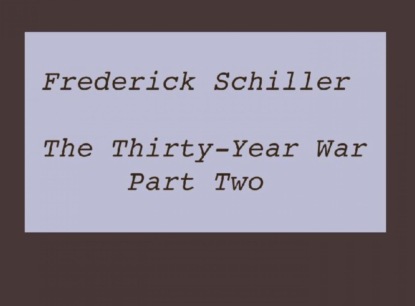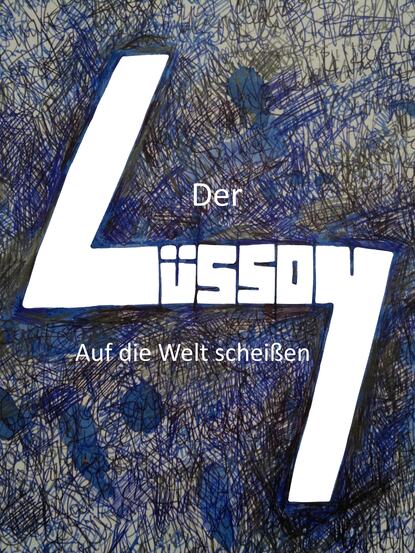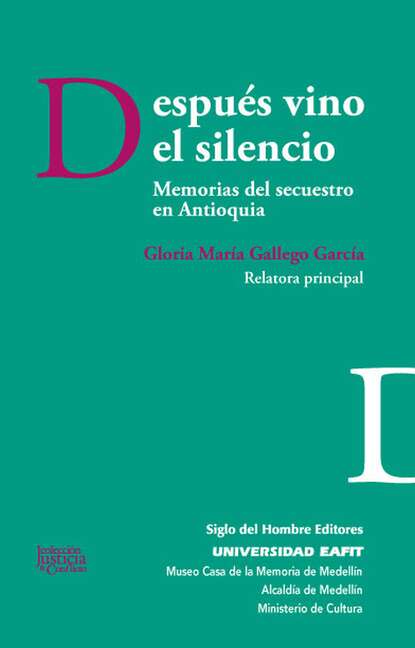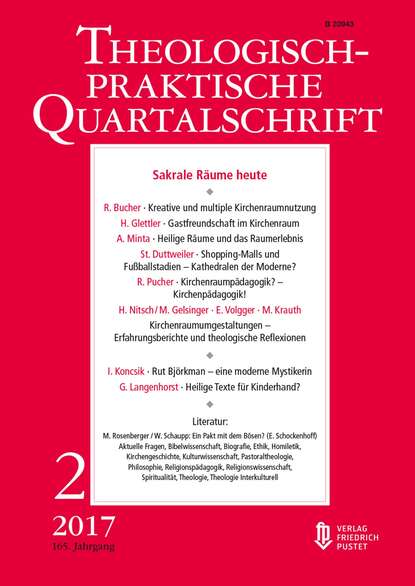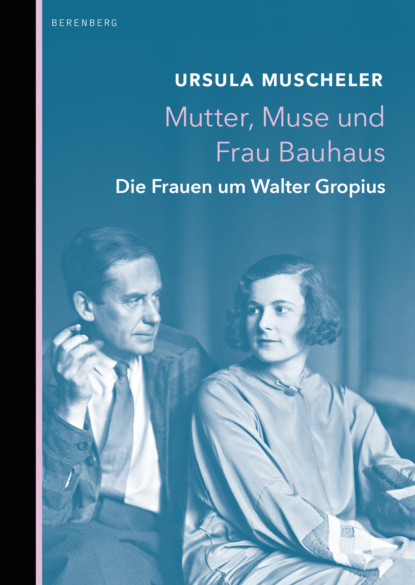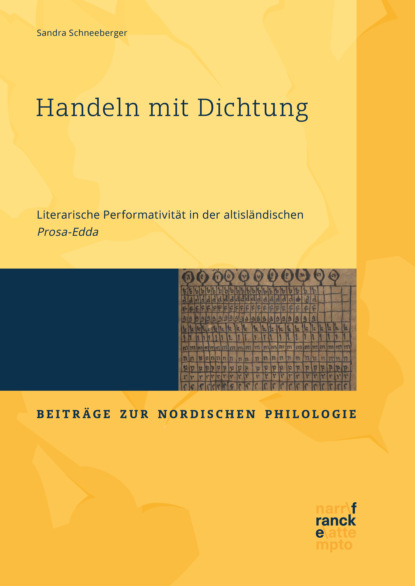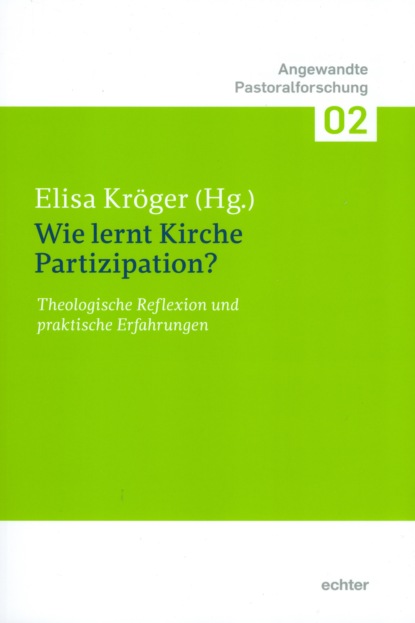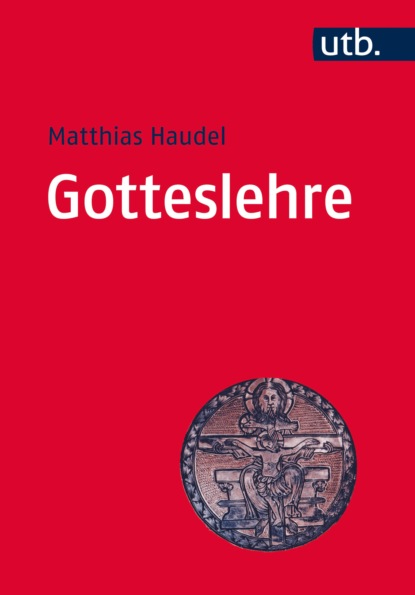The Thirty-Years War: Part 2 is a book written by Frederick Schiller.This book describes the period of time from approximately 1648 till 1660.It shows the struggle between the Protestant nobles and the Habsburg monarchy.It highlights the struggles revolving around the ideologies of Lutheranism and Catholicism while commenting upon the role played by some warring nations such as Austria, Spain, Dutch Republic, etc.Schiller has explained the reasons of alliances during the aforementioned historical period and remarks on the intrigues involved.He speaks of corrupt politicians making multiple betrayals of alliances within a period of two years.He highlights the manner and mannerism by which these politicians plan out their allegiance to the winner of the conflict - a conflict mostly exploited for regional gains.
Как защищал сам Ф. Шиллер, произведение не обязано иметь лишь академический и скучный стиль, чтобы быть квалифицировано как историческое. Место действия этой обширной работы - большая Европа от России до итальянского полуострова и соседних с Османской империей государств. Актеры этой так называемой религиозные войны в течение тридцати лет были властители и церкви Европы. Политические и военные измены описываются, таким образом, в этом шедевре, в литературном стиле произведения, хотя события и детали, описанные в нем, реально исторические. В первых частях книги представлены разные воюющие силы и двигаться к войне их мотивы. "Перспектива независимости, богатое пограбление основы духовных, должны были делать регент соблазнены для религиозной конверсии, и убедительная сила внутреннего убеждения определенно отнюдь не ослабила это притяжение в них; однако, причина государства одна могла бы принудить их к этому средствам." Этой фразой, Шиллер делает свою основную точку о войне. Это были не так много точная религиозная доктрина, для которой европейские силы боролись против друг друга, но конечно приобретение и владение богатство и привилегии, удержанные основы духовные. Феликса - союзы, соединения с одной стороны, отказ и обманутые центры с другой, одни из всех различные части который формируют к это войну, к изображению венгерских руководителей, которые состоящие в союз с любым составом, который гарантировал бы им наилучший из их интересы. Кроме того, судебные решения, интриги и дела, отравление и совершенно финансовую коррупцию также перечисляют между оружием, которое Шиллер описывает, чтобы создать яркое понимание этого исторического события нам.
Электронная Книга «The Thirty-Year War Part Two» написана автором Frederick Schiller в году.
Минимальный возраст читателя: 0
Язык: Английский
ISBN: 9783741845413
Описание книги от Frederick Schiller
As F. Schiller himself has defended, a work does not have to bear a purely academic and rather boring style, in order to be qualified as historical. The scene of this extensive work is the larger Europe from Russia to the Italian peninsula and the states bordering the Ottoman Empire. The actors of this so-called 30-year religious war were the sovereigns and churches of Europe. The political and military maneuvers are described, hence, in this masterpiece, in the literary style of a fiction, although the events and details related in it are truly historical. In the first parts of the book, the different warring forces as well as their motives for going to war are presented. "The prospect of independence, the rich plunder of the spiritual foundations must have made the regents craving for a religious conversion, and the weight of the inner conviction did certainly not have less strengthened this attraction in them; however, state reason alone could press them to that end." With this sentence, Schiller makes his whole point about the war. It was not so much a precise religious doctrine for which the European powers were fighting against each other, but certainly the acquisition and the possession of wealth and privileges detained by the spiritual foundations. Alliances, unions on one side, defections and betrayals on the other, are among all the various components that make up this war, to the image of the Hungarian leaders who allied themselves with whatever party would assure them the best of their interests. In addition to that, court judgments, intrigues and affairs, poisoning and outright financial corruption are among the weapons that Schiller also describes to render a vivid comprehension of this historical event to us.
